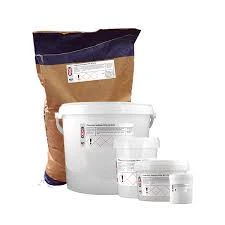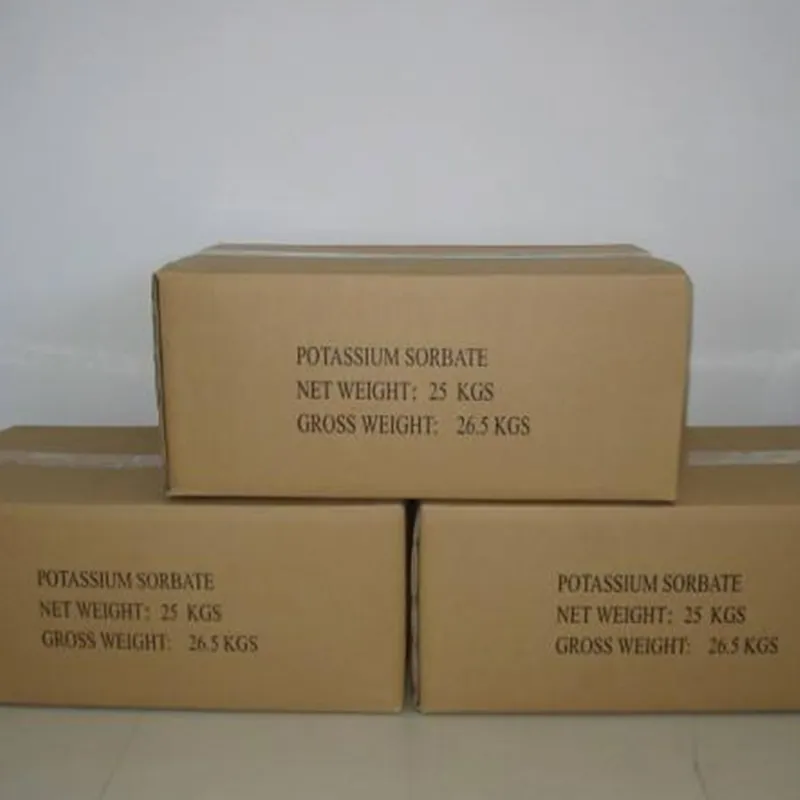
Mar . 06, 2025 12:45
Back to list
sodium benzoate
The versatile compound sodium benzoate has found its niche in a multitude of applications, spanning from food preservation to personal care products. Its widespread use is grounded in its recognized ability to inhibit microbial growth, essential for maintaining product freshness and extending shelf life. However, sodium benzoate is more than just a preservative; it is a subject of scientific scrutiny and consumer interest, which makes understanding its applications, benefits, and safety profile critical.
Despite its extensive use and benefits, sodium benzoate is not without scrutiny. A primary concern is its potential to form benzene, a known carcinogen, under certain conditions. This reaction primarily occurs when sodium benzoate is combined with ascorbic acid in the presence of heat and light. However, regulatory bodies like the U.S. Food and Drug Administration (FDA) and the World Health Organization (WHO) have established strict guidelines and permissible limits to ensure consumer safety. These organizations affirm that when used at recommended levels, sodium benzoate is safe for human consumption. Public discourse also revolves around its impact on health conditions such as ADHD. Some sources suggest that a combination of sodium benzoate and artificial food colors can exacerbate symptoms in sensitive individuals. Consequently, this has led to increasing demand for transparent labeling and more natural preservative alternatives. As consumer interest trends towards clean-label products, the industry is challenged to balance between effective preservation and meeting customer preferences. Brands that champion transparency fortify consumer trust by providing detailed information on product labels. Highlighting compliance with international safety standards, striving for minimalistic ingredient lists, and engaging in open dialogues about product formulations enhances brand reliability and consumer loyalty. In crafting products that incorporate sodium benzoate, manufacturers are called to leverage both science and consumer sentiment. Through responsible usage, adherence to established safety guidelines, and ongoing investment in research, businesses can optimize product quality while fostering trust among a discerning consumer base. This balanced approach not only ensures safety and efficacy but aligns with modern consumer values, ultimately sustaining market relevance in an ever-evolving landscape.


Despite its extensive use and benefits, sodium benzoate is not without scrutiny. A primary concern is its potential to form benzene, a known carcinogen, under certain conditions. This reaction primarily occurs when sodium benzoate is combined with ascorbic acid in the presence of heat and light. However, regulatory bodies like the U.S. Food and Drug Administration (FDA) and the World Health Organization (WHO) have established strict guidelines and permissible limits to ensure consumer safety. These organizations affirm that when used at recommended levels, sodium benzoate is safe for human consumption. Public discourse also revolves around its impact on health conditions such as ADHD. Some sources suggest that a combination of sodium benzoate and artificial food colors can exacerbate symptoms in sensitive individuals. Consequently, this has led to increasing demand for transparent labeling and more natural preservative alternatives. As consumer interest trends towards clean-label products, the industry is challenged to balance between effective preservation and meeting customer preferences. Brands that champion transparency fortify consumer trust by providing detailed information on product labels. Highlighting compliance with international safety standards, striving for minimalistic ingredient lists, and engaging in open dialogues about product formulations enhances brand reliability and consumer loyalty. In crafting products that incorporate sodium benzoate, manufacturers are called to leverage both science and consumer sentiment. Through responsible usage, adherence to established safety guidelines, and ongoing investment in research, businesses can optimize product quality while fostering trust among a discerning consumer base. This balanced approach not only ensures safety and efficacy but aligns with modern consumer values, ultimately sustaining market relevance in an ever-evolving landscape.
Next:
Latest news
-
Water Treatment Chemicals for Industrial ProcessesNewsAug.07,2025
-
Unlocking the Secrets of Ammonium Bicarbonate in Traditional BakingNewsAug.07,2025
-
Monosodium Glutamate Seasoning for Stock EnhancementNewsAug.07,2025
-
Enhancing Dimethyl Disulfide Solubility with Green SolventsNewsAug.07,2025
-
Aspartame Safety: Current Research and RegulationsNewsAug.07,2025
-
Aluminum Hydroxide Antacid and Nutrient Absorption ImpactNewsAug.07,2025
-
1,2,3-Benzotriazole: The Unsung Hero of Industrial Chemical InnovationNewsAug.07,2025
HOT PRODUCTS
Hebei Tenger Chemical Technology Co., Ltd. focuses on the chemical industry and is committed to the export service of chemical raw materials.
-

view more DiethanolisopropanolamineIn the ever-growing field of chemical solutions, diethanolisopropanolamine (DEIPA) stands out as a versatile and important compound. Due to its unique chemical structure and properties, DEIPA is of interest to various industries including construction, personal care, and agriculture. -

view more TriisopropanolamineTriisopropanolamine (TIPA) alkanol amine substance, is a kind of alcohol amine compound with amino and alcohol hydroxyl, and because of its molecules contains both amino and hydroxyl. -

view more Tetramethyl Thiuram DisulfideTetramethyl thiuram disulfide, also known as TMTD, is a white to light-yellow powder with a distinct sulfur-like odor. It is soluble in organic solvents such as benzene, acetone, and ethyl acetate, making it highly versatile for use in different formulations. TMTD is known for its excellent vulcanization acceleration properties, which makes it a key ingredient in the production of rubber products. Additionally, it acts as an effective fungicide and bactericide, making it valuable in agricultural applications. Its high purity and stability ensure consistent performance, making it a preferred choice for manufacturers across various industries.











